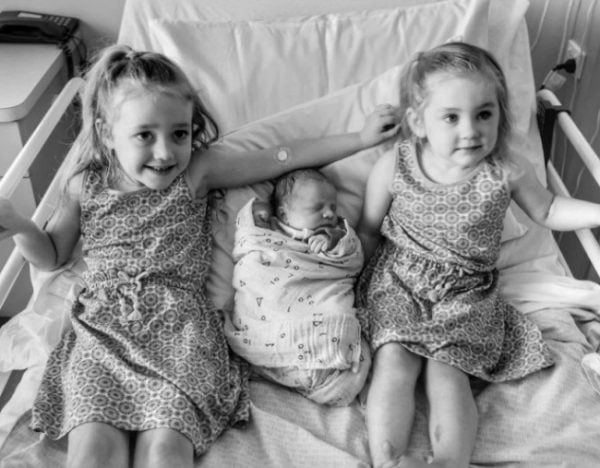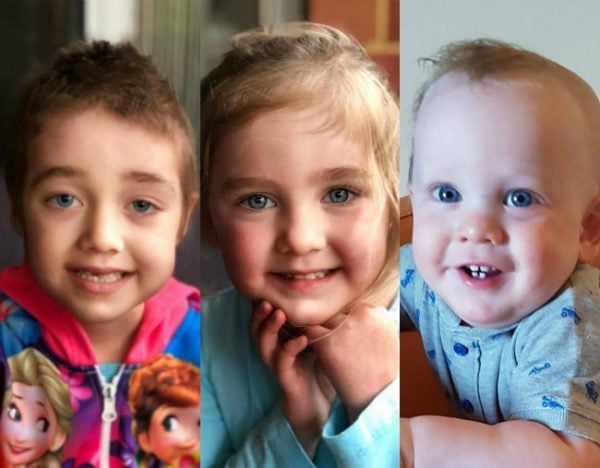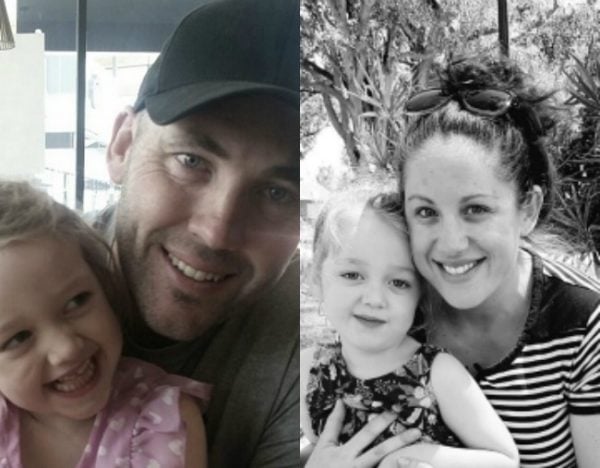
Simon and Samantha Daff have three little kids. They each have matching blue eyes that pierce you when they open and huge smiles that push their tiny cheeks to the sides of their faces as they grin.
Kenzie is a happy four-year-old and she loves to dance. Ashlee is three and is astoundingly kind, her mother tells me. Little Jackson is nearly one and the “sweetest kid”.
Simon and Samantha Daff have three little kids, and may well grow old without two of them.
A year and two days ago, on the 26th of October 2016 and on Simon and Sam’s wedding anniversary, the couple were called in to a local Perth hospital “unexpectedly”, three months after they first noticed Kenzie had developed a sudden and inexplicable limp.
“They had called us the night before to make sure that we bring support people to the meeting. I knew this was an indication that we were dealing with something serious but despite my many calls back that evening they couldn’t tell me on the phone. So, I spent the entire night on the internet looking up what it could be,” Sam tells Mamamia.
“When the doctor said the words Metachromatic Leukodystrophy (MLD) I already knew exactly what it was and that it was terminal. I went numb. I also knew it was genetic and that my kids had a one-in-four chance of also having it. I don’t remember crying when they told us, but I do remember declining to take a small break to process the news. I instantly wanted to start talking treatments.”
There is no cure for MLD. The disease is part of a group of genetic disorders called the leukodystrophies, which are characterised by the toxic buildup of lipids. Symptoms include muscle wasting and weakness, developmental delays, progressive loss of vision leading to blindness, impaired swallowing and inability to control movement.






























































































